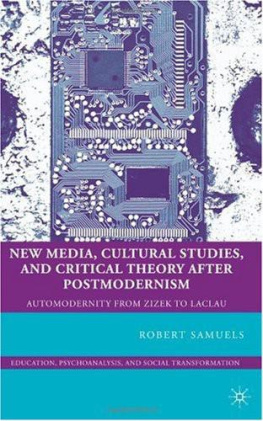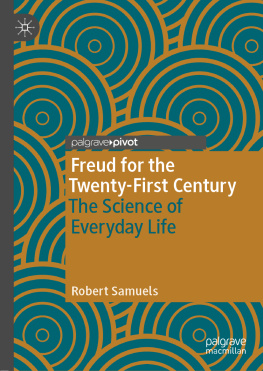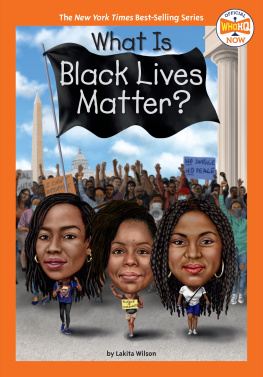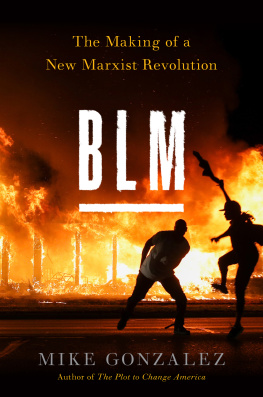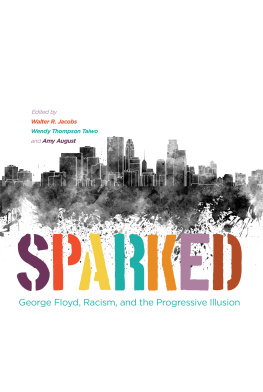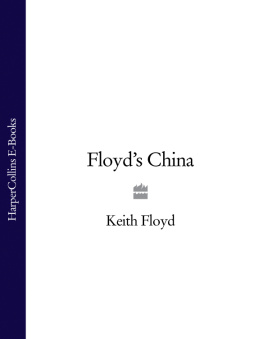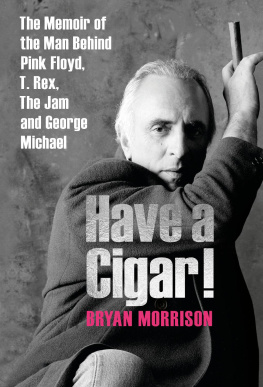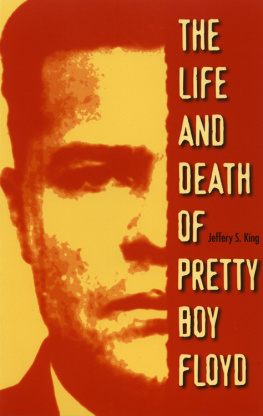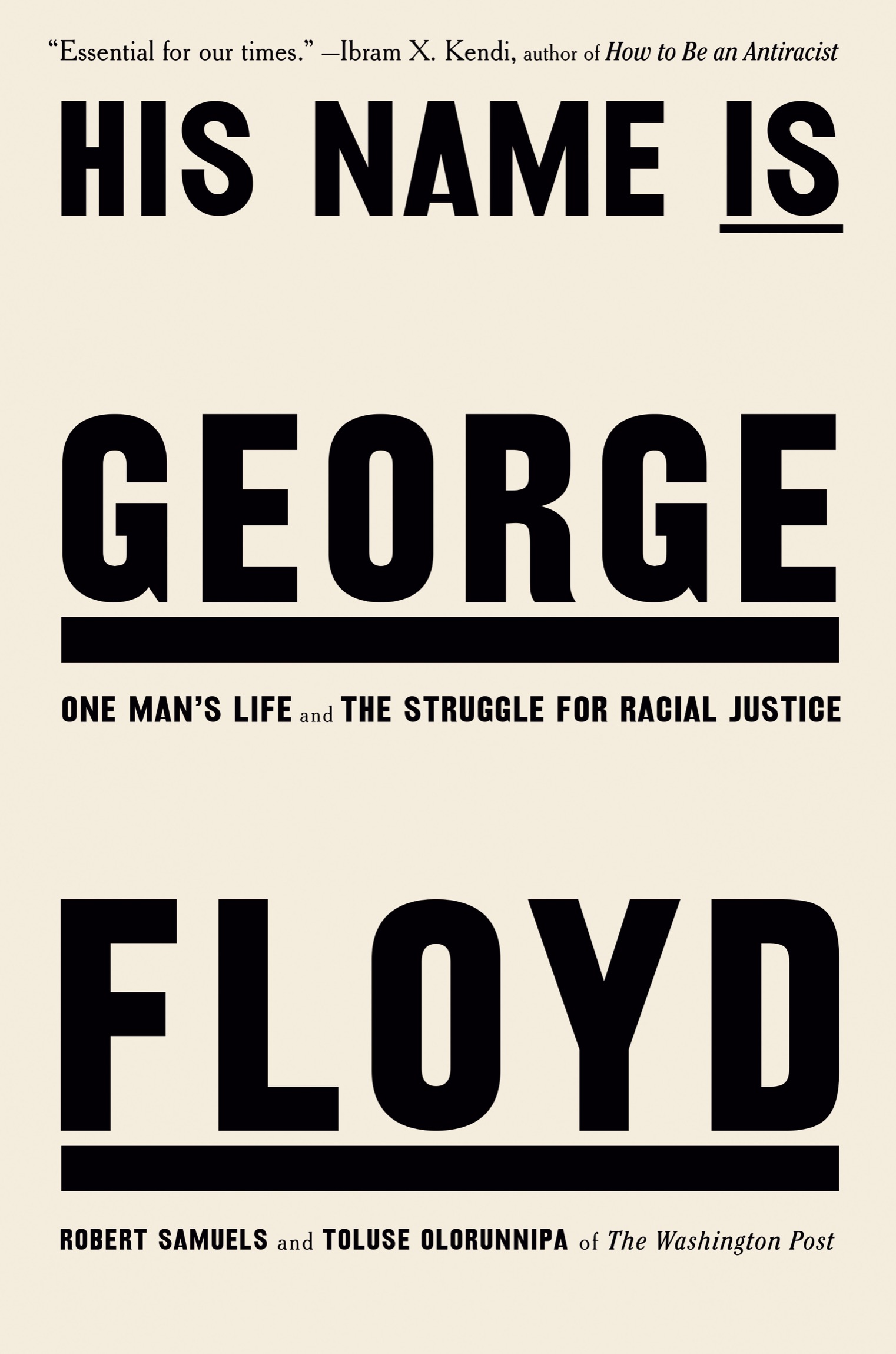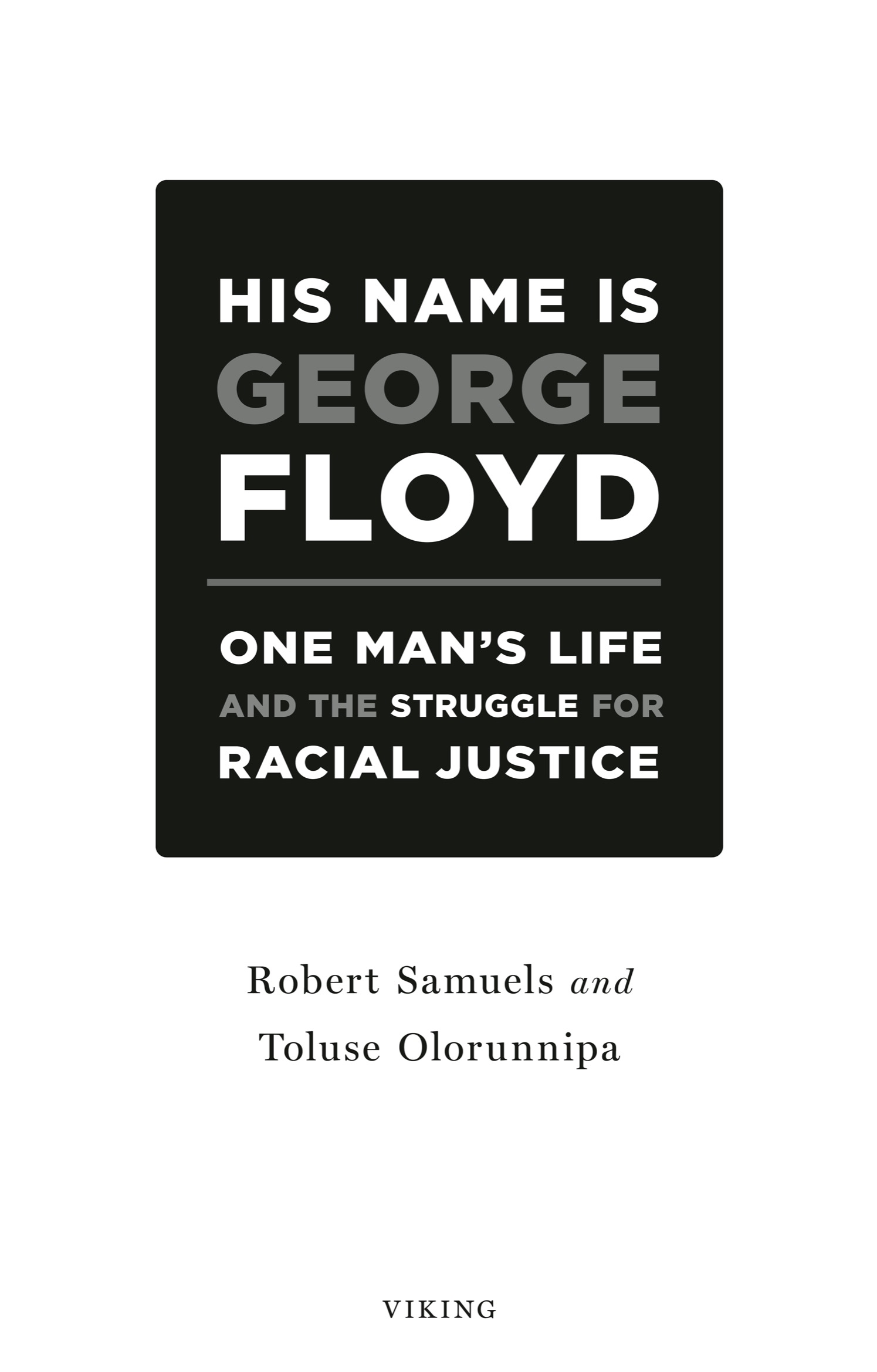Penguin Random House supports copyright. Copyright fuels creativity, encourages diverse voices, promotes free speech, and creates a vibrant culture. Thank you for buying an authorized edition of this book and for complying with copyright laws by not reproducing, scanning, or distributing any part of it in any form without permission. You are supporting writers and allowing Penguin Random House to continue to publish books for every reader.
Names: Samuels, Robert, 1984 author. | Olorunnipa, Toluse, 1986 author.
Title: His name is George Floyd : one mans life and the struggle for racial justice / Robert Samuels and Toluse Olorunnipa.
Description: [New York] : Viking, [2022] | Includes bibliographical references.
Identifiers: LCCN 2021062302 (print) | LCCN 2021062303 (ebook) | ISBN 9780593490617 (hardcover) | ISBN 9780593490624 (ebook) Subjects: LCSH: Floyd, George, 1973-2020. | African American menBiography. | Murder victimsUnited StatesBiography. | Police brutalityUnited StatesHistory21st century. | Trials (Police misconduct)MinnesotaMinneapolis. | Black lives matter movement. | RacismUnited States. | United StatesRace relationsHistory21st century. | African AmericansMinnesotaMinneapolisBiography. | African AmericansTexasHoustonBiography.
Classification: LCC E185.615 .S245 2022 (print) | LCC E185.615 (ebook) | DDC 305.896/073092 [B]dc23/eng/20220218
INTRODUCTION
FLOWERS
I love you.
George Perry Floyd Jr. would express the same sentiment to men, women, and children; to relatives, old friends, and strangers; to romantic partners, platonic acquaintances, and the women who fell somewhere in between; to hardened hustlers and homeless junkies; to big-time celebrities and neighborhood nobodies.
Floyd said the phrase so often that many friends and family members have no doubt about the final words he spoke to them. He would end phone calls with the expression and sign off text messages by tapping it out in all caps.
All right, whatever, man, DeKori Lawson said when he first heard Big Floyd, as he was known to friends, say those words. Ill talk to you later, man.
As the decades passed, he came to appreciate Floyds earnestness as they lost people to gun violence, drug overdoses, police brutality, and other trapdoors awaiting young Black men like them as they came of age in a harsh, often loveless reality.
D, I love you, bro, Floyd told his friend during their final phone call in the spring of 2020.
I love you, too, man, Lawson replied by this point.
We always said we were going to give each other our flowers before we died, Lawson recalled. And that right there lets you know what type of person he was.
Over the course of Floyds final weeks, the fractured state of the world revealed the importance of sending love and flowers to friends while they were still alive. By the spring of 2020, the COVID-19 pandemic was raging, killing thousands of Americans each day, shutting down scores of businesses, and leaving millions of people out of work. Floyd, like many Black Americans, proved particularly vulnerable to the pandemics merciless assault. He had been diagnosed with an asymptomatic case of the virus and had lost his job after the Minneapolis club where he worked as a security guard was forced to close.
With most of the country on lockdown, Floyd spent much of his time on the phone, catching up with old friends and checking in with relatives back in his hometown of Houston. He had left Texas for Minneapolis three years earlier, hoping to reset his life and break free from addiction, but he had only just changed the area code on his cell phone from Houstons 832 to 612, a signal of his renewed commitment to his adopted hometown in the Twin Cities.
One of those calls was to his brother Terrence, whose two-year-old daughter reminded him of his own beloved little girl, Gianna.
My little niece, oh man, Floyd said over the phone, marveling over baby pictures Terrence had posted online. When I get right, Im going to get Gianna down here, and you bring baby girl, and we can have our play dates.
Im with it, Terrence responded.
All right, bro, I love you, Floyd said before hanging up.
Floyds comment about getting right could have referred to any number of things at that point in his life. His attempts to stand on his feet in Minnesotawith the goal of ultimately securing custody of Giannahad often resulted in his getting knocked to the ground. He was constantly tripping over both his own mistakes and obstacles beyond his control, not least of which was a pandemic that had caused his income stream to dry up.
Floyds emotional declarations were nothing new to his siblings. As a teenager, Floyd would stop to give his sister Zsa Zsa a hug and tell her he loved her before leaving their house with his friendsjust quietly enough to keep the other kids from overhearing.
Floyd had grown up singing love songs karaoke-style with his sister LaTonya, and when they spoke for the last time that May, they reminisced by belting out her favorite tuneREO Speedwagons 1980 hit Keep On Loving You: And Im gonna keep on lovin you / Cause its the only thing I want to do...
As a young man, Perry, as family called him, had outsize aspirationsto become a Supreme Court justice, a pro athlete, or a rap star. By the time his world came crashing down in the months before his death, he had been chasing more modest ambitionsa little stability, a job driving trucks, health insurance. Still, in his dying seconds, as he suffocated under a White police officers knee, Floyd managed to speak his love.
Mama, I love you! he screamed from the pavement, where his cries of I cant breathe were met with an indifference as deadly as hate.
Reese, I love you! he yelled, a reference to his friend Maurice Hall, who was with him when he was handcuffed that Memorial Day evening.
Tell my kids I love them!
These words marked the end of a life in which Floyd repeatedly found his dreams diminished, deferred, and derailedin no small part because of the color of his skin.
Like millions of Americans, we watched in horror as the video depicting Floyds murder replayed on news programs and social media feeds in the summer of 2020. The visceral footage set us on a deeper mission, one to find out not just about the fateful nine minutes and twenty-nine seconds he spent gasping for air, but to pull back the curtain on the lifetime of striving that had come before, and to understand the heartbeat of the historic movement for civil rights that followed.
That mission took us to places we could have never imagined as we pursued two essential questions: Who was George Floyd? And what was it like to live in his America?
In answering those questions, we ducked gunshots after spending time with his roommate at George Floyd Square, the Minneapolis memorial that sprouted up at the intersection where he was killed. We sat for Sunday dinner with his large extended family, dining on the blueberry cobbler and candied yams he had once relished. We got haircuts from his barber, with whom he shared his deepest internal turmoil. We traversed Houstons Third Ward with Floyds closest friends, listening as they laughed over old memories and cried out their grief over a life cut tragically short. We went to church with his brother and to tarot readings with his girlfriend as they tried to make sense of it all, and then sat with them while they broke down when they couldnt. Floyds loved ones responded with a level of candor and transparency that gave us a vivid sense of his humanity. Their memories helped reveal the suffocating systemic pressures Floyd ultimately could not escape, even as he tried repeatedly to reset his life and overcome his past.


